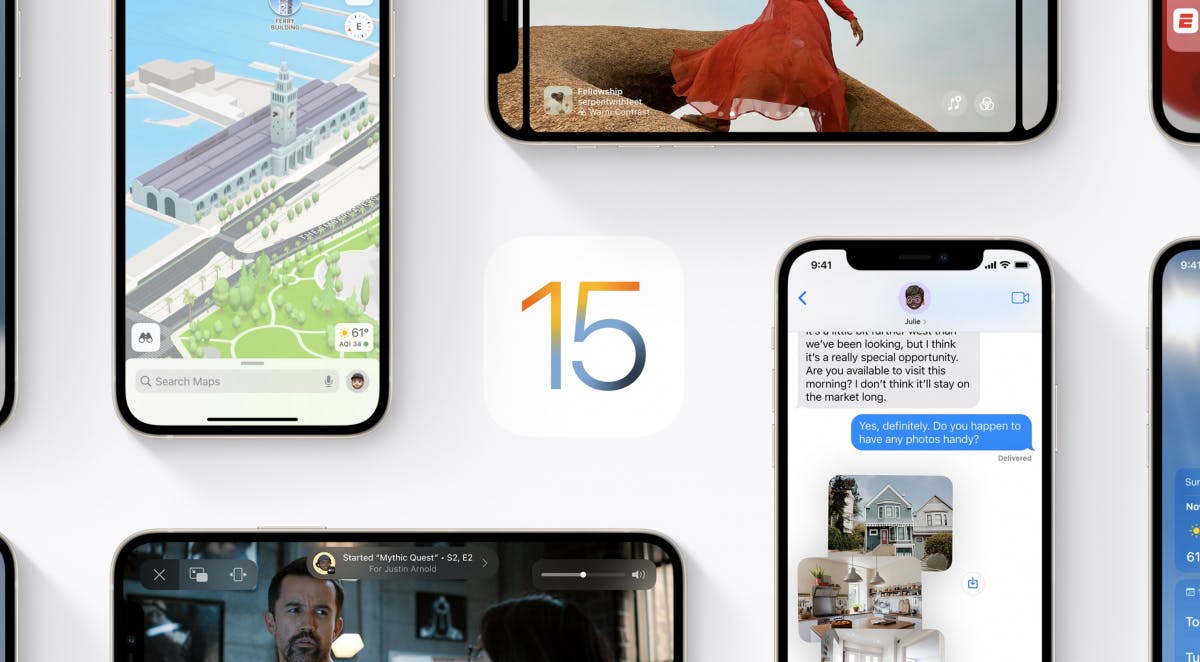This will help you remember names better in the future
“There is no such thing as a good or bad memory for names, just a good or bad strategy,” says one expert. We have several tips for this.
Who does not know it when they meet again: “Hello … uh … you”. Some people may report on daily contacts whose names they forgot long ago. They spend more time strategizing to avoid this than they do to avoid it happening again. There are simple tricks and tricks to memorize names.
First of all, names usually represent abstract information and are therefore automatically given a low priority in our brain. They are simply not vital enough. A first step to remember names better is to be more aware of the name. This is sometimes difficult because we often automatically fixate on ourselves when we introduce ourselves: “Am I making a good impression? Do I look interesting, how does my voice sound? ”Are just a few of the questions that go through your head when you introduce yourself to strangers. Kevin Horsley, a memory coach puts it in a nutshell: “It’s difficult to remember a name if you haven’t taken the time to listen.”
Professionals recommend that To help brain by repeating the name. Especially when there are doubts as to whether you have understood it correctly, this is a good idea anyway. “Nice to meet you, Kim,” is a good way to help your memory. That remembers things better when you repeat them. Trainers recommend repeating the name several times in the conversation in order to save it optimally. Those who remember things better haptically imagine writing the name. It can help if you ask how the name is spelled.
Several specialist papers have dealt with the ubiquitous phenomenon and drawn conclusions as to how it comes about. Mike Burton and his colleagues, for example, investigated whether people can remember faces or names better. Your result contradicts a popular opinion: The Recognition of names exceeds that of faces. They contradict older theories and also explain why they are wrong. These assume that names are stored separately from semantic information and are therefore more difficult to retrieve. This hits a point that can be used: linking the name with other individual and, above all, semantic information.
It’s best to remember names that have been enriched with other information. Experts recommend connections that are unusual, creative and / or a little crazy. They should also be related to the person. For example, you can look for an outstanding feature on the face of the other person and create a somewhat absurd bridge to the name. Thorsten has distinctive facial features? Maybe the Marvel superhero Thor helps memorize ?! Anyone who finds something “crucified” in Christina can build a bridge to “Christ”. If the linked information triggers an emotion, the brain can store it much better. Acoustic links are also possible: Mr. Schneider’s sewing machine may be clacking in the background. It can also be helpful to have the person opposite do something in the imagination: Ms. Kowalkski could, for example, have a suitcase with a whale and skis in it.
The more important the person you have just met is, the more we recommend the following tip: Save the information about them! Note apps such as Apple Notes, Evernote or other productivity tools such as Trello can be used for this. After you get to know someone, you write some basic information in there. That can be the job, whether she mentioned children or he mentioned hobbies – and of course: don’t forget the name. In addition, it makes sense to add the location and the occasion. Before an event with the “new people” you can use this information to prepare and then not only have the name ready. If you want to be on the safe side, you can be reminded of the list on a regular basis and then study it. More repetitions dig the data deeper into the memory. If it makes sense, you can also ask interlocutors for a social media connection. In the business sector, LinkedIn or Xing are ideal, in private it can also be Facebook, Twitter & Co. There are other ways to remember the person better via the profiles and activities.



